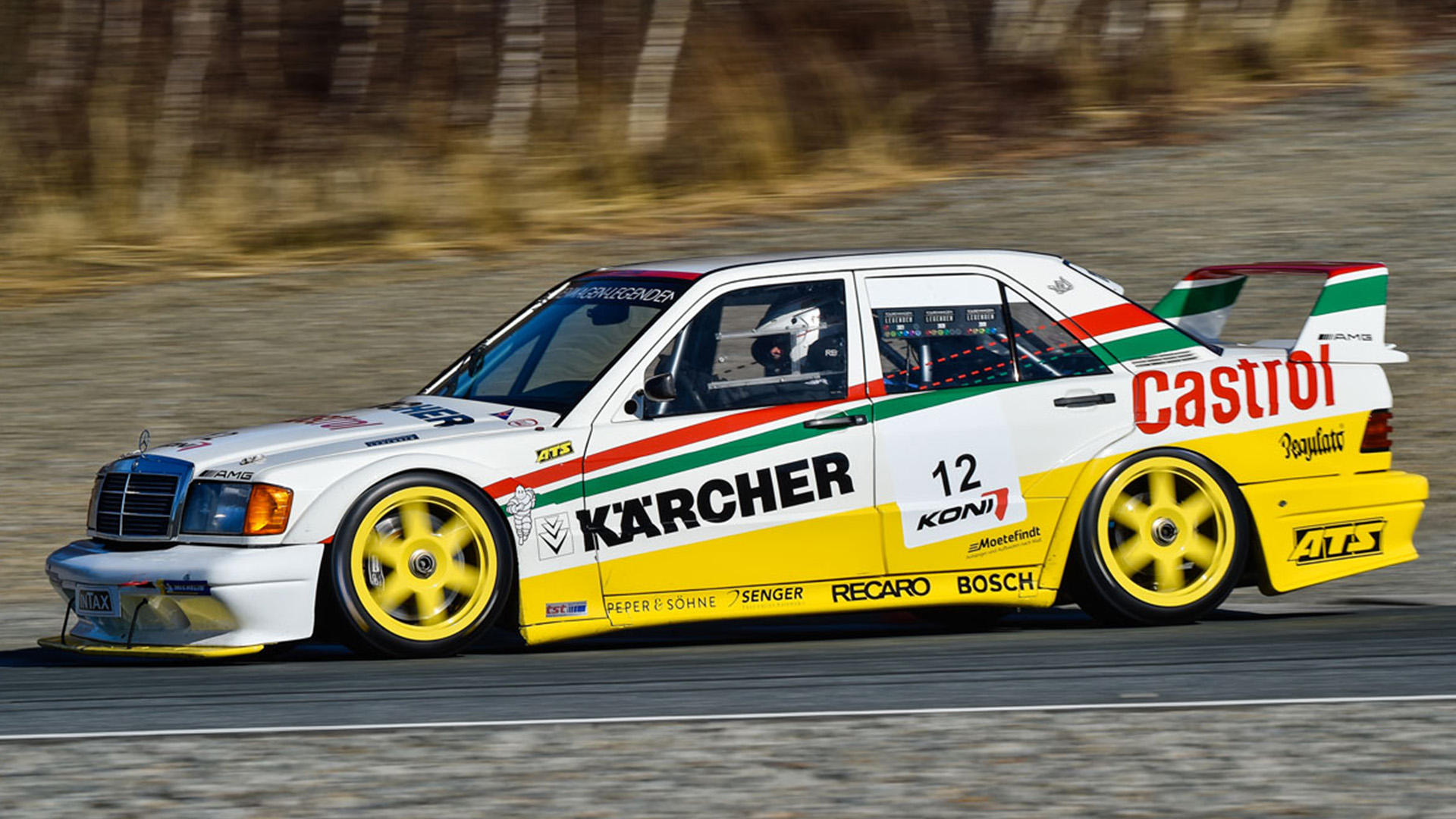

We may earn revenue from the products available on this page and participate in affiliate programs. Learn more ›
In the wide world of automotive, motorcycle, and even bicycle suspension, rebound and compression are two main dynamics everyone cares about and should know and understand. But how much do you know of these all-important dynamisms, as our Teutonic friends from Germany would say? Compression is the shock compressing during a bump, while rebound is it returning to full extension. In other words, the rate at which the center shock shaft goes in and out of the shock body.
I’ll dive deep into compression damping in a future article. But for now, what exactly is rebound damping?

The Basics of Shock Rebound
Let’s settle on the basics first, as the speed at which the shock or damper compresses or rebounds is called its rate. A damper with more rebound means it returns to its full length at a slower rate, as it’s restricting the shaft’s return to its full position. Whereas a damper with less rebound returns to its full length faster, there’s less inhibition to its movement. For compression, it’s the other way around.
The best way to visualize rebound is to think of a car tire hitting a bump in the road in slow motion. As it hits the bump, the damper compresses at a certain rate depending on what it’s tuned for. As it goes over the bump and returns to its fully extended size. That’s rebound in action.

Rebound also happens at the front end of the car under acceleration, and the rear end of the car under braking.
A car with more rebound (less damping) will ride stiffer, whereas a car with less rebound (more damping) will ride softer. But there’s more to it than that: spring rate, tire size, tire pressure, bushing design and hardness, compression, and more, affect ride quality.

Adjusting Shock Rebound
When it comes to aftermarket dampers, whether matched with a spring, or in a coilover-type design, rebound is the most common adjustment. Typically, coilovers with both rebound and compression adjustment cost more than just rebound and require more fine tuning to set up properly.
When people have aftermarket dampers talk about increasing stiffness, it’s usually rooted in increasing rebound. This is usually done via a small adjustment knob on the top or lower-side of the damper body.
When it comes to fine-tuning rebound for track driving, there are a lot of factors that come into play: track conditions, track surface, driving style, prioritizing corners, drivetrain, tire pressures, spring rate, accommodating other chassis and suspension changes, and more. Typically, adding more rebound the rear shocks will help induce corner entry and corner exit oversteer, whereas reducing rebound will often induce understeer. There are even more for off-road driving and racing, as driving styles and braking strategies also come into play here.
Finally, adjusting dampers at the opposite end of each other helps reign in body roll and increase grip during cornering. For instance, if the car has too much roll on the front outside corner during corner entry, increasing rebound on the rear inside damper balances it out. This is due to weight transfer—not how much weight is being transferred, but rather how long it takes to transfer. Remember: rebound is controlling the rate at which the shock shaft exits the body to return to its fully extended position.
For a fun explainer on adjusting suspension and why cars sometimes “three-wheel” on track, check this out.
A Good Visual Explainer
This video by BTR Justin on YouTube does a great job at explaining suspension basics, especially rebound.

More from The Drive
- Jonathon Klein shows us how to change a fog light
- Here’s what oil weight means and why it’s important
- Which oil weight is best for your car?
- Hank O’Hop explains changing tires at home
